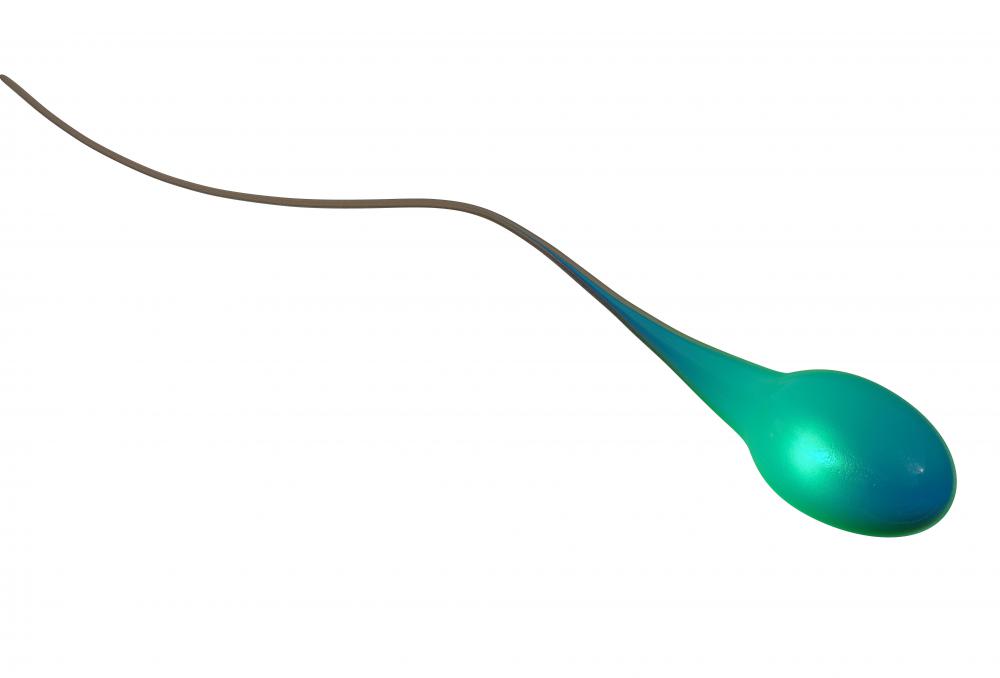At WiseGEEK, we're committed to delivering accurate, trustworthy information. Our expert-authored content is rigorously fact-checked and sourced from credible authorities. Discover how we uphold the highest standards in providing you with reliable knowledge.
What is ICSI?
ICSI is an acronym for "intra cytoplasmic sperm injection," which is a medical technique that involves the direct injection of a single sperm into a female egg, or oocyte. This procedure is an example of in vitro fertilization (IVF), which is a process involving fertilization outside of the womb. The term "in vitro" is Latin for "within glass," which describes the glass laboratory instruments used, such as test tube and Petri dish. In the case of ICSI, a measuring glass tube called a pipette is used.
The entire procedure is conducted under a microscope. A pipette holds and stabilizes the oocyte from one end. Meanwhile, another pipette—a specialized, syringe-like form of the instrument made of thin and hollow glass—is used to cut the tail of a single sperm to stop it from moving, then collect it. The needle of the pipette is inserted from its other end to release the immobilized sperm into the egg's cytoplasm, which is the liquid region that contains all of the cell's contents except for the nucleus.

After the needle is removed, the egg is placed in cell culture. The fertility specialist conducting this procedure usually waits for about 24 hours to check for the success of the fertilization or lack thereof. If fertilization is successful, the resulting embryo is then transferred to the womb, or uterus. The medical professional typically follows up ICSI by checking for implantation and pregnancy via blood tests or ultrasound technology.

The success and failure of ICSI depends on certain factors. Fertility specialists can check for DNA damage by using a technique called single cell gel electrophoresis assay, or comet assay. Also, the older the female patient or the lower the male subject's semen quality, the less successful ISCI tends to be.
Italian physician Gianpiero D. Palermo is credited with developing ICSI in 1991. He came up with the procedure at the Center for Reproductive Medicine department in Belgium's Vrije Universiteit Brussel. Since then, ICSI has been used in cases when the male patient has infertility problems. The procedure has also been used when the sperm has difficulty entering the oocyte.
ICSI, despite its presentation and popularity as a form of infertility treatment, also has its share of critics. A joint medical committee report in 2006 praised the overall purpose of ICSI, but noted that it may increase the possibility of genetic abnormalities in children born as a result of this process. Two years later, the Roman Catholic Church denounced ICSI because it involves the accreditation of child bearing to technological rather than natural forces.
AS FEATURED ON:
AS FEATURED ON:












Discuss this Article
Post your comments